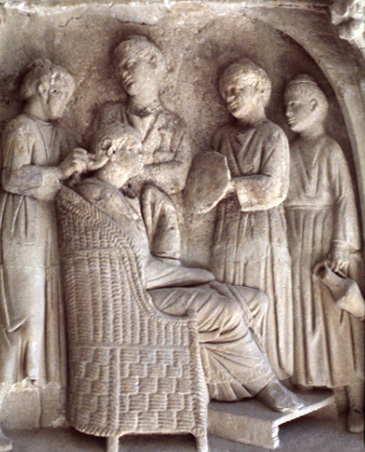Summary
This week you’ve learned that the face and eyes were key to seeing an ancient person’s appearance as healthy or ill, beautiful or ugly, and that the eyes were both a common location of disease and a mirror to the soul. You’ve also seen how important facial reconstruction is to engagement with the individuals of the past. You’ve seen several examples of how written evidence of different kinds – medical treatises, literary sources, papyri and letters – needs to be read with care. You’ve also discovered some other ways of encountering the past through skeletons, surgical tools, cosmetics, medical remedies, votive offerings and statues.
In Week 3, you are going to move from the outside to the inside of the body, to understand how ancient diet contributed to health. What do you think an average person in the ancient world ate? And what evidence do you think there is for this?

